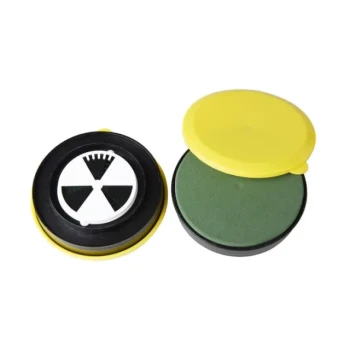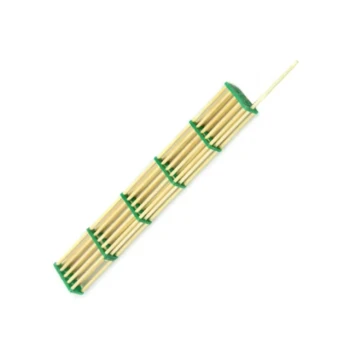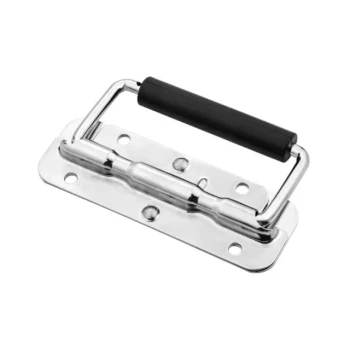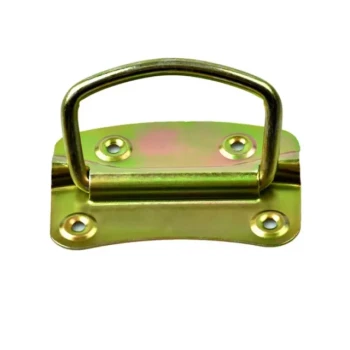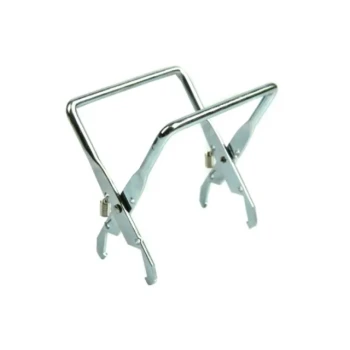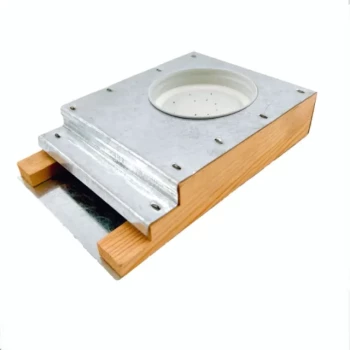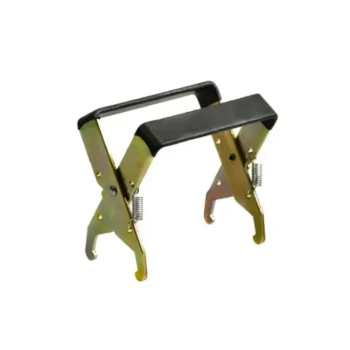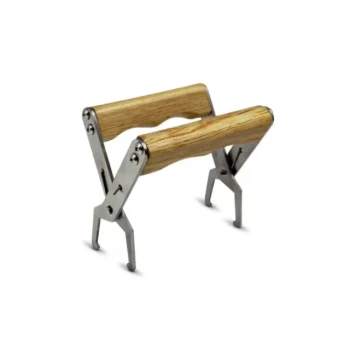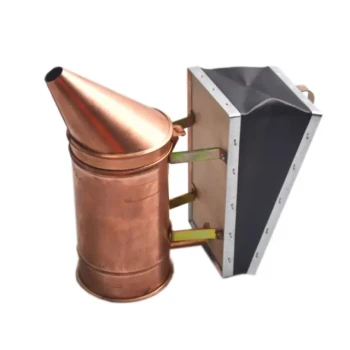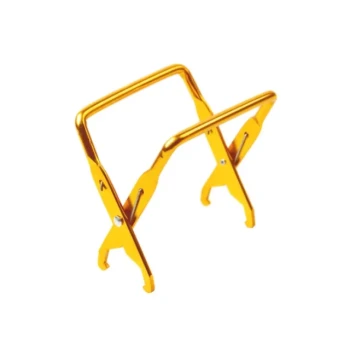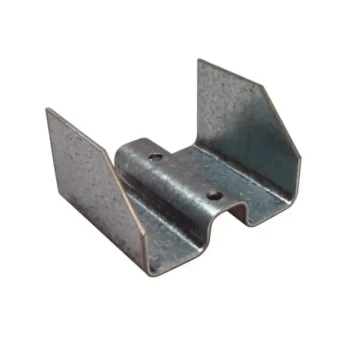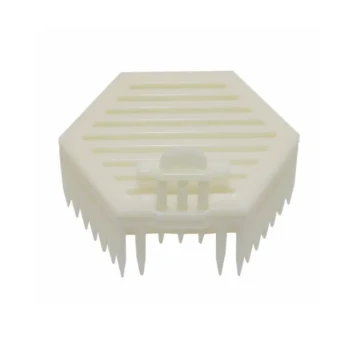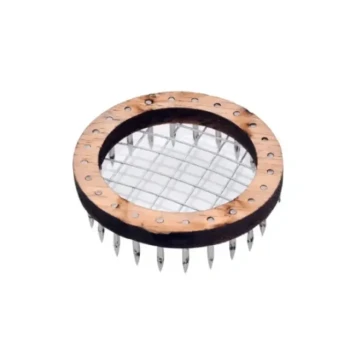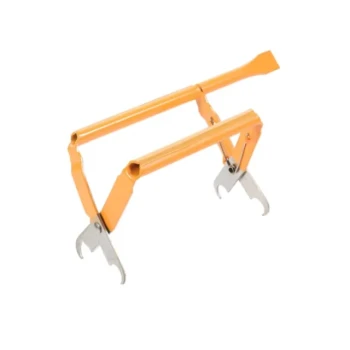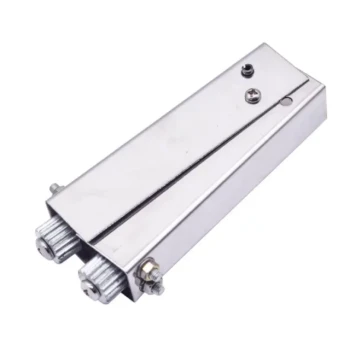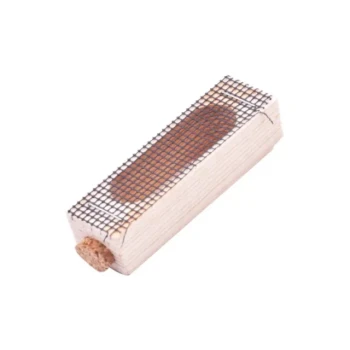Preparing Hives for Spring
Removing Winter Protections
As the weather begins to warm, it’s time to remove the winter protections you’ve put in place to safeguard your hives. These include mouse guards, insulation wraps, and other barriers designed to keep the colony safe from cold and predators.
Start by carefully removing these protections to allow the bees better access to the outside world. This is also an excellent opportunity to perform a preliminary check on the hive. Ensure that the bees have enough feed to sustain them as they transition into the active spring season. If food stores are low, consider providing supplemental feed to prevent starvation.
Inspecting Hive Health and Resources
Once winter protections are removed, conduct a thorough inspection of the hive’s health and resources. This step is critical to ensure your colony is strong and ready for the spring buildup.
- Queen Health: Check for the presence of the queen and confirm she is laying eggs. A healthy queen is essential for colony growth.
- Disease and Pests: Look for signs of diseases like American foulbrood or pests such as varroa mites. Early detection can prevent widespread issues.
- Food Stores: Assess the levels of honey, pollen, and nectar. These resources are vital for brood rearing and colony survival.
- Brood Patterns: Inspect the brood frames to ensure the brood pattern is solid and consistent, indicating a healthy and productive queen.
By addressing these factors early in the season, you set the stage for a thriving and productive hive. Regular inspections and proactive management are key to a successful spring beekeeping season.
Supporting Bee Colonies
Promoting Bee-Friendly Gardening
Creating a bee-friendly garden is one of the most effective ways to support bee populations and enhance the local ecosystem. Planting native flowers, shrubs, and trees ensures that bees have access to abundant nectar and pollen sources throughout the growing season. Native plants are particularly beneficial because they are well-adapted to the local climate and soil conditions, requiring less maintenance and water.
Here are some key steps to promote bee-friendly gardening:
- Choose Native Plants: Select species that are indigenous to your region, as they provide the most suitable and sustainable food sources for bees.
- Avoid Pesticides: Chemical pesticides can harm bees and other pollinators. Opt for organic or natural pest control methods instead.
- Provide Fresh Water: Bees need water to survive. Place shallow dishes of water with stones or twigs for bees to land on safely.
- Support Local Beekeepers: Purchasing honey and other bee products from local beekeepers helps sustain their efforts and promotes healthy bee populations.
By taking these steps, you not only support bees but also contribute to the overall health of the environment. Advocacy and education about the importance of bees can further amplify these efforts, ensuring that communities recognize and address the threats bees face.
Feeding Bees in Spring
Spring is a critical time for bee colonies as they emerge from winter and begin to rebuild their populations. Providing consistent nutrition is essential to support brood growth and ensure colony health. Pollen patties and internal feeders are two effective tools for feeding bees during this period.
- Pollen Patties: These are used to stimulate hive activity and brood production. However, timing is crucial. Feeding pollen patties too early can cause rapid colony expansion, which may lead to insufficient worker bees to maintain brood warmth.
- Internal Feeders: These devices are designed to fit inside the hive, providing a safe and controlled way to feed bees. They hold a significant amount of syrup and are easy to refill, minimizing the risk of pests and hive robbing. The ladder system in internal feeders also reduces the risk of bees drowning.
Top feeders are another popular choice among beekeepers due to their ease of use and safety. They allow for minimal intervention in the hive and provide a controlled way for bees to access syrup without excessive dripping.
By ensuring bees have access to these nutritional resources, beekeepers can support healthy colony growth and prepare their hives for a productive season ahead.
Managing Colony Growth
Brood Management and Swarm Prevention
As spring progresses, managing colony growth becomes a critical task for beekeepers. One of the most important aspects of this is brood management and swarm prevention. Bees naturally seek to expand their colonies, and if they feel constrained by space or resources, they may decide to swarm. Swarming is a natural process where a portion of the colony leaves with the queen to establish a new hive, but it can significantly reduce the productivity of your existing hive.
To prevent swarming, beekeepers should:
- Monitor Space: Ensure the hive has enough room for brood and honey storage. Add supers or additional hive boxes as needed.
- Inspect Regularly: Conduct weekly inspections to check for signs of overcrowding, such as queen cells or bees clustering outside the hive.
- Ensure Proper Ventilation: Good airflow prevents overheating and reduces stress on the colony. Use screened bottom boards or ensure adequate hive ventilation.
Wearing a beekeeping outfit during inspections not only protects you but also helps you stay calm and methodical, which is essential for effective brood management.
Keeping Detailed Notes
Another crucial aspect of managing colony growth is keeping detailed notes. Accurate records of hive inspections and conditions allow beekeepers to make informed decisions and track the health and progress of their colonies over time.
Key elements to document include:
- Brood Patterns: Note the presence and health of eggs, larvae, and capped brood.
- Queen Activity: Record sightings of the queen and her egg-laying patterns.
- Hive Resources: Track honey and pollen stores, as well as any supplemental feeding provided.
- Pest and Disease Observations: Document signs of mites, beetles, or other issues.
Maintaining a logbook or digital record system ensures that you can identify trends, address problems early, and optimize your hive management strategies. This practice is especially valuable for beekeepers managing multiple hives or those new to the craft.
Community Engagement and Education
Educating the Community
Hosting workshops or open days is an excellent way to raise awareness about beekeeping and the critical role bees play in the ecosystem. These events can include hands-on demonstrations, informative talks, and interactive activities that engage participants of all ages. Highlighting the importance of queen bees, who are responsible for laying thousands of eggs and maintaining hive health, can help the community understand the intricate dynamics of a thriving colony.
Additionally, showcasing the tools and techniques used in beekeeping, such as the beekeeping outfit, can demystify the process and encourage more people to take up this rewarding hobby. These educational initiatives not only foster a deeper appreciation for bees but also inspire community members to support local beekeepers and create bee-friendly environments in their own gardens.
Collaborating with Local Groups
Working with environmental groups, schools, and community gardens can amplify the positive impact of beekeeping. By partnering with these organizations, beekeepers can reach a broader audience and integrate beekeeping into existing educational programs and community projects. Schools can incorporate beekeeping into their science curricula, offering students a unique opportunity to learn about biology, ecology, and sustainability firsthand.
Community gardens can serve as ideal locations for new hives, providing bees with diverse forage while enhancing the garden's productivity through improved pollination. Environmental groups can help promote beekeeping as a conservation effort, emphasizing its role in preserving biodiversity and combating the decline of pollinator populations. These collaborations create a network of support that benefits both the bees and the community, fostering a culture of environmental stewardship and collective responsibility.
Understanding Bee Behavior in Spring
Reawakening and Expansion
As spring arrives, bees emerge from their winter clusters, marking the beginning of a critical phase in their annual cycle. During this period, the colony’s activity increases significantly. Worker bees begin foraging more intensely to gather nectar and pollen, while the queen boosts her egg-laying rate to prepare for colony expansion. This surge in activity is essential for rebuilding the hive’s population after the winter months.
However, this phase also poses challenges. Bees rely heavily on their stored honey to sustain themselves and feed the developing brood. In fact, colonies can consume honey stores rapidly, and starvation is a significant risk during this period, especially before natural nectar sources become abundant. Beekeepers must monitor food supplies closely to ensure the colony’s survival and growth.
Pollination and Hive Growth
Spring is a vital time for pollination, as bees play a crucial role in supporting plant reproduction and ecosystem health. As the hive population grows rapidly, beekeepers must ensure the hive structure can accommodate this expansion. Proper hive management includes:
- Providing adequate space for brood and honey storage.
- Ensuring accessibility for inspections and maintenance.
- Using tall hive stands to reduce strain during inspections, though multiple supers may require a step ladder, which can be less practical.
Additionally, beekeepers should consider the hive’s location. While bees can thrive on slopes, flat terrain is more convenient for transporting heavy honey-laden supers. Planning ahead can make hive management more efficient and less physically demanding.
Defensive Behaviors
Spring also brings heightened defensive behaviors in bees. As the colony grows and becomes more active, bees may exhibit increased aggression to protect their hive and resources. Beekeepers must take precautions during inspections to minimize disturbances and avoid stings. Key strategies include:
- Moving calmly and deliberately around the hive.
- Using smoke to calm the bees and mask alarm pheromones.
- Wearing a beekeeping outfit and other protective gear to reduce the risk of stings.
Monitoring incoming bees for pale yellow pollen can provide insights into the colony’s foraging success. Beekeepers should also manage colonies by ensuring adequate honey stores, removing old combs, and providing supplemental feed like sugar syrup if necessary. These practices help strengthen the colony and prepare it for the challenges of the season.
FAQs on Spring Beekeeping
Common Bee Species
Spring beekeeping is a rewarding practice that supports various bee species, including honey bees, solitary bees, and mining bees. These bees play a vital role in pollination and ecosystem health. By providing them with the necessary resources, such as nectar and pollen-rich plants, beekeepers can ensure their colonies thrive during this critical season. Honey bees, in particular, are essential for honey production and agricultural pollination, while solitary and mining bees contribute to the biodiversity of local ecosystems. Investing in a beekeeping outfit can make managing these species safer and more efficient.
Feeding Bees in Early Spring
In early spring, natural food sources for bees may still be scarce. Bees often rely on stored honey or supplemental feed to sustain themselves until flowers bloom abundantly. A common method is to provide sugar syrup, made from a 1:1 ratio of water and sugar, which mimics nectar and helps sustain the colony. Additionally, pollen patties can be offered to support brood growth and overall hive health. Beekeepers should monitor food stores closely and ensure colonies have enough resources to survive the transition into spring.
Introducing Packaged Bees
Packaged bees are a popular choice for new beekeepers due to their affordability and convenience. These bees are typically shipped directly to the beekeeper and include a queen, worker bees, and a feeder can. When introducing packaged bees, it’s crucial to provide them with immediate access to food, such as sugar syrup, to help them establish their new hive. Some beekeepers enhance the syrup with essential oils, like lemongrass or spearmint, to promote hive health and reduce stress. While packaged bees require more effort to establish compared to nucleus hives, they offer a cost-effective way to start a new colony.
Conclusion
Importance of Spring Beekeeping
Spring is a pivotal time for beekeepers, as the efforts invested during this season lay the groundwork for a successful and productive beekeeping year. Ensuring hive health and maximizing honey harvest potential are the primary goals, and they require careful planning and execution.
One of the most critical aspects of spring beekeeping is the inspection and preparation of hives. This includes removing winter protections, assessing food stores, and checking for queen health and brood patterns. These steps are essential to ensure that the colony is strong and ready to expand as the weather warms.
Another key factor is providing consistent nutrition to the bees. Early spring can be a challenging time for bees, as natural food sources may still be scarce. Using pollen patties and internal feeders can help support brood growth and maintain colony health until flowers begin to bloom.
Managing colony growth is also crucial during this period. Monitoring space and resources helps prevent swarming, which can lead to the loss of a significant portion of the colony. Regular inspections and good ventilation are vital to maintaining a healthy and productive hive.
Community engagement and education play an important role in promoting beekeeping and raising awareness about the importance of bees in the ecosystem. Hosting workshops or collaborating with local groups can amplify the positive impact of beekeeping efforts.
Understanding bee behavior in spring is another essential aspect. Bees emerge from their winter clusters, increase foraging, and the queen boosts egg-laying to prepare for colony expansion. Beekeepers should be mindful of the increased defensive behaviors of bees during this time and take appropriate precautions, such as wearing a beekeeping outfit and using smoke during inspections.
In summary, the efforts made in spring set the stage for a productive beekeeping season. By focusing on hive health, nutrition, colony management, and community engagement, beekeepers can ensure a successful honey harvest and contribute to the well-being of their bees and the environment.
Visual Guide
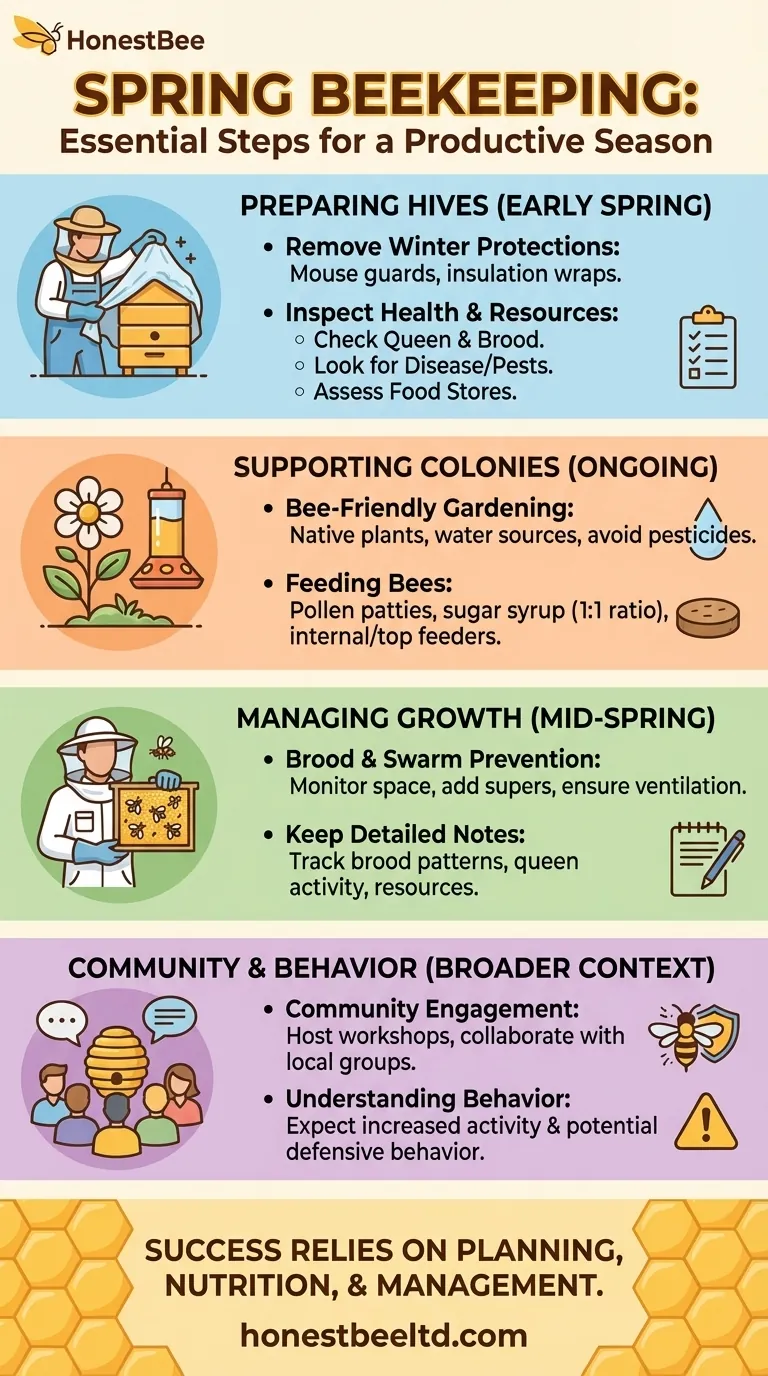
Related Products
- Adjustable Formic and Acetic Acid Dispenser for Bee Mite Treatment
- Professional Bamboo Queen Isolation Cage
- Premium Comfort Grip Spring-Loaded Hive Handles
- Professional Grade Foldable Beehive Handles
- Durable Galvanized Steel Frame Grip
Related Articles
- How to Choose the Right Varroa Mite Monitoring Method for Your Apiary
- How Beekeepers Can Control Varroa Mites During Peak Colony Growth
- How to Optimize Hive Beetle Control Without Harming Your Bees
- How to Use Oxalic Acid for Varroa Mite Control: A Beekeeper’s Guide
- How Oxalic Acid Vaporization Safely Controls Mites While Protecting Bees

